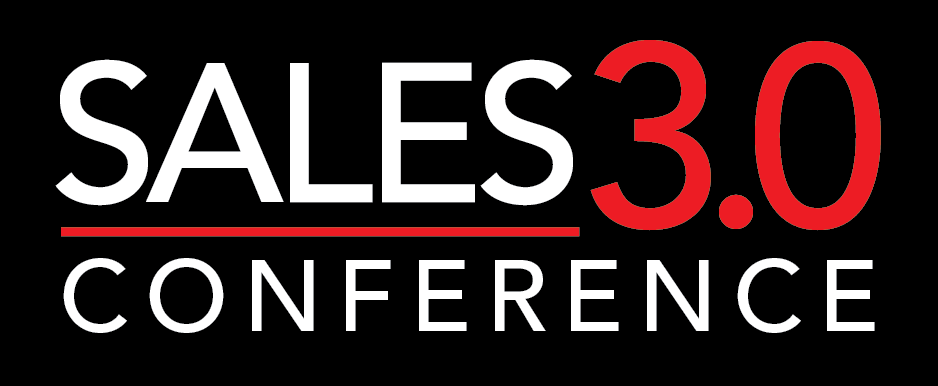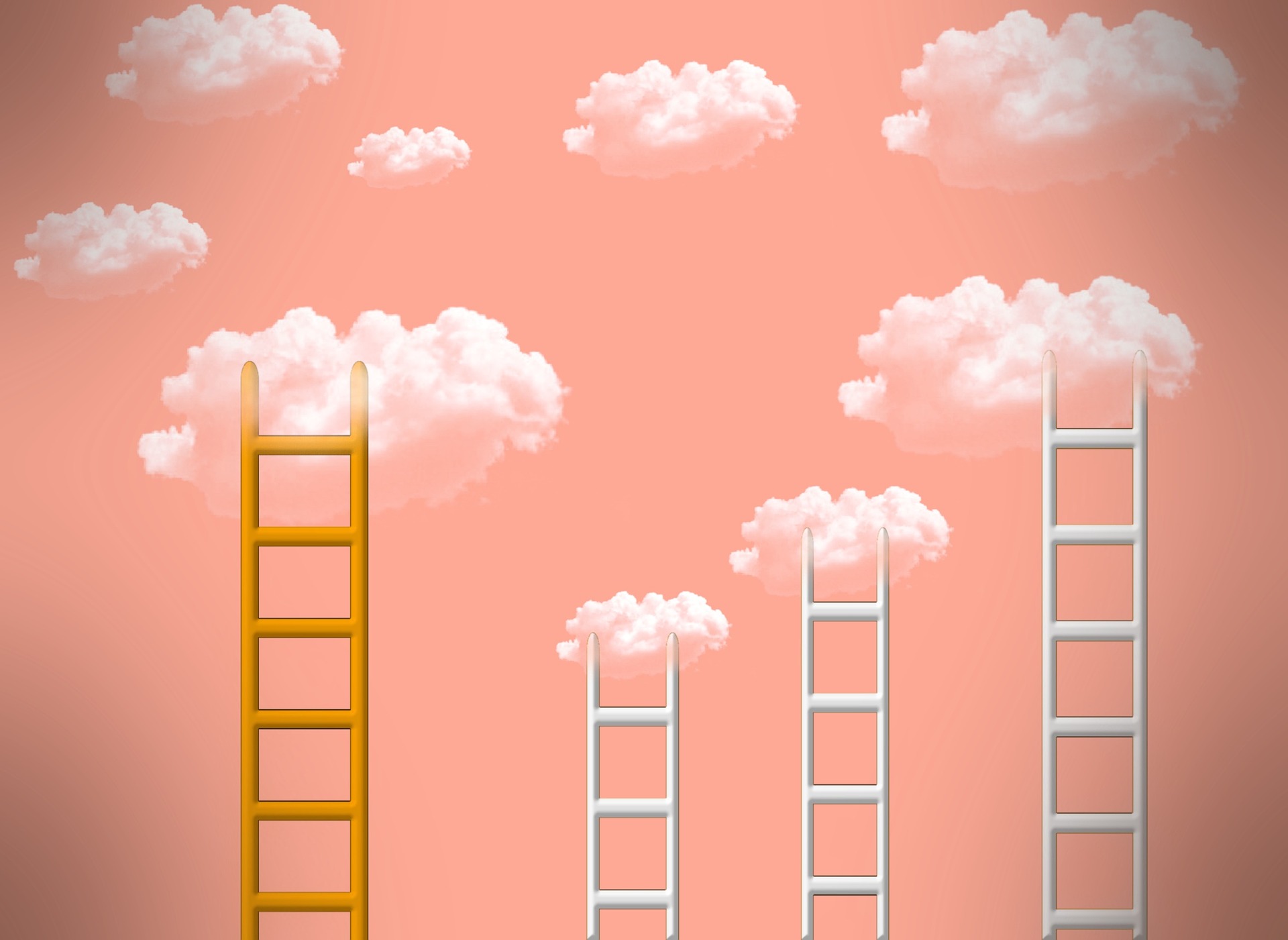When local governments began issuing stay-at-home and shelter-in-place orders to help prevent the spread of COVID-19, how easily and quickly were your salespeople able to work at home and keep selling?
Were your salespeople also prepared to support your customers – and even gain new customers – with those customers also working from home?
The answers to these questions measure your company’s level of business continuity: the plans you’ve made to ensure continued operation of critical business functions during a crisis. March 2020 introduced many sales leaders to a sobering reality: American business has earned an “F” in business continuity.
I’m confident that many business continuity product and advisory firms and their experts will disagree with my assessment. Here’s my case, point by point. (It comes with a solution so, hopefully, I won’t be accused of making an accusation for its own sake, without anything helpful to offer.)
The Value of Business Continuity in a Crisis
In the face of known and unknown future disasters, businesses need to continue to operate. Those known disasters include global pandemics, which have been understood for decades – and their bad cases (and COVID-19 is merely a bad case, and nowhere near a worst case!) are easily quantified in advance.
While the general public may not (and perhaps shouldn’t) be sufficiently familiar with the exponential nature of a global pandemic sparked by the spread of a highly contagious respiratory virus, business continuity experts have access to every bit of epidemiological data and all relevant mathematical models. They knew a pandemic of this type, velocity, and magnitude was coming.
Of course, these business continuity experts didn’t know when the next global pandemic would hit or how hard it might hit any business. But that’s what business continuity is all about: being prepared for something that negatively impacts your ability to continue to do business when that “something” comes along – however inconvenient the timing.
Again, it’s now clear very few companies had that level of preparation in place. And one reason turned out to be common among them: They had neither pre-equipped their employees (all of them) with the gear and setup needed to simply stay home and keep working without loss of access to information, communication, and systems instead of coming into their now-dangerous office; and they did not regularly practice having at least a rotating subset of those employees actually work from home every week.
Why Were Sales Teams So Unprepared to Work from Home (WFH)?
Why were companies so unprepared? Work from home (WFH) was considered by many sales leaders and executives to be a “privilege” and an impediment to good management.
Working from home was also thought to reduce managerial visibility into what and how much employees are doing (as well as control over what those employees are focused on), and was not sufficiently socially supportive to allow the desired corporate culture to flourish.
Take the example of IBM – a company not known for getting the next thing right too often, Watson or no Watson – which famously called workers back into the office in 2017. A Wall Street Journal article tells the story clearly of how remote working plans went wrong: “IBM may be part of a broader rethink of remote work under way at large companies, as corporate leaders argue that putting workers in the same physical space hastens the speed of work and sparks innovation. Employers tread a fine line, however, since workers rate flexible work programs highly, and research has found telecommuters often work more effectively than their cubicle-bound counterparts.”
Note this story doesn’t contain a single reference to the power of WFH as a business continuity measure. And yet, as almost every company has just painfully found out, companies that had a robust WFH model and practiced it daily – perhaps even by everyone, including top leadership – were almost unaffected by suddenly having to send their employees home. Because they were already accustomed to the WFH flow, they knew how to
- manage their time appropriately,
- take breaks,
- manage distractions,
- use videoconferencing tools,
- harvest those couple of hours of wasted commute time per day,
- avoid the danger of end-of-day visits to bars (do you think everyone really took a rideshare home?)
- be grateful for not having to interact with Sam the Socializer, who drops by daily with a question or some juicy gossip.
It is obvious to anyone that every knowledge work-heavy company (read: every biggish company in America, and most small ones, too) would have done much better through their fateful “Go home!” day in March had they already been home.
It’s almost equally obvious that our cities would be nicer places to live without the bizarre ritual of hundreds of thousands of people migrating to, and then from, some distant office at the same time each day, like grunions – a mystery that belongs more on the National Geographic channel than as part of daily life in America.
The only thing that’s not obvious: What took so long?
The answer to that is sadly as obvious as the answer to why our nation was completely and utterly unprepared for this pandemic: It’s hard to look at bad things coming at unknown times and do anything about it when you can focus on squeezing another penny of “earnings per share” to drive your stock price up a bit.
Why Sales Leaders Need to Embrace a WFH Culture
Yes, this is a disaster. Worse, it is one that will be full of tragedies at every level of our society – many of which could have been prevented. (The fact that we built $1.3 billion stadiums instead of spending $100 million to have enough ventilators comes to mind).
But it is also a golden opportunity for sales leaders to recognize, practice, and adopt what we have been forced to actually do: Learn how to work from home without loss of productivity and without ruining our social lives – even with universal social distancing for the coming months or perhaps years.
And it’s also an opportunity for the business continuity industry to embrace WFH as their top recommendation. It works not only for pandemics, but for almost every other disaster – as every kind of disaster negatively impacts the ability of people to get around from place to place or be around other people.
If we get lucky, this pandemic runs slowly; and, when we can get herd immunity through a vaccine rather than through having this deadly disease, there will be a lot more survivors. But we don’t need to get lucky to take one big lesson from this history we are all living through: Work from home is fundamental to business continuity, and we should adopt it aggressively wherever possible. It will make our businesses safer and might even make our cities more livable.

Chris Beall is CEO of ConnectAndSell. Download ConnectAndSell’s free ebook, How ConnectAndSell Lightning Enables Work From Home for Sales Leaders.




